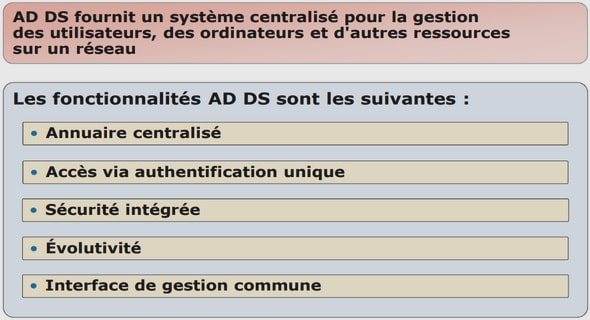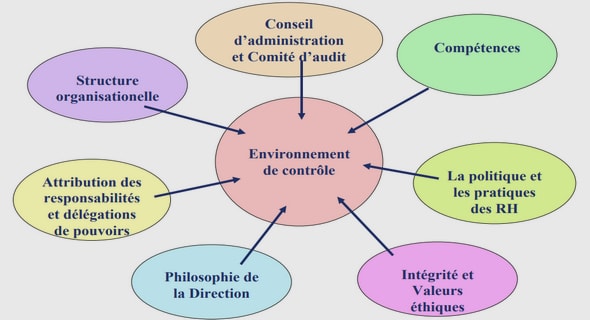Get Complete Project Material File(s) Now! »
Organizational identity in transition
Since there are many strategies and models to relate to internationalization it is of importance to look deeper into the identity of the bank and what changes are required when entering a new country and new market in order to be successful (Vaara, Tienar, Irrman 2007).
One of the key issues in the question of internationalization is the radical change in organization that follows from the process. The change affects both the organization and the people involved. The main task for the organization in transition is to handle the needs for national identification and combine it with a joint international identification (Vaara et al, 2007).
Organizations can take on different identities leading to different strategies. By this corporations can start building up their images in the social context in which they operate. The assimilation character where one creates a feeling of similarity and homogeneity or by a dissimilation character where one instead focuses on building heterogeneity with the countries they operate in (Vaara et al, 2007).
To create an effective identity the organization needs to have an authentic and natural attitude towards the identity of their organization, with a goal to create something real. The model developed handles the different variables that need to be combined to achieve an identity for long lasting business (Vaara et al, 2007) (Appendix 2, Figure 3).
The naturalness versus the artificiality is important when the internationalization involves a new culture. The organization need to combine and unify the similarities within the countries but also take into consideration the cultural differences that exist between for example two countries (Vaara et al, 2007).
The ability to create uniqueness to make customers feel unique and to build a connection is important. The organization needs to create a unique identity but also consider not excluding a group or by making it a too personal identity. If customers care about the bank’s values and eel a connection to the identity and soul of the bank a long lasting relationship can be upheld (Vaara et al, 2007)
An organizational identity that is well performed provides a sense of positive self-esteem for both customers and employees. The positive self-esteem comes from the ideas and a promotion strategy that the organization has taken that connects the organization both internally and externally (Vaara et al, 2007).
The future orientation is important since in internationalization an obstacle is the fear of losing the national identity. When entering a new market it is vital for an organization to attract new customers and if this new market is not structured exactly as the domestic market there is need for organizational changes which could lead to threats of losing the identity of the bank (Vaara et al, 2007).
Method
In the following chapter the author’s chosen method will be further explained. The main data is from structured open-end questions from interviews and thus qualifies for further argumentation as well as a quality assessment. Another important factor is the financial information gathered mainly from annual reports that provides the authors with the underlying information needed to make a financial evaluation.
Research design
A research design is a necessary mean for being able to perform a study and obtain the purpose. The term method will be used when referring to techniques to obtain and evaluate data. Methodology refers to how a research should be undertaken and the implications of each research choice (Saunders et al, 2009). To define a research design one can refer to it as “a logical plan for getting here to there” (Yin, R. 2003,. p.20). The plan should start with the research question that the authors aim to answer and the goal to reach these answers and conclusion to the specific question. The answers are covered in the result section. The gap from question to answer for this study consists of collection of relevant theories and a case study on the specific field of interest.
Deductive approach to theory
This research project is in need of a theoretical framework. The research approach to theory can be either an inductive or deductive approach. An inductive approach refers to when data is collected and a theory is derived from the sample. A deductive approach is gathering relevant theory where research questions can be derived from following a research agenda (Saunders et al, 2009). A deductive research approach is accurate in this research project. The authors first gathered a complete theoretical framework where research questions were established.
Empirical result was derived from the context of the relevant theoretical framework and end with an analysis as a third step. An important characteristic of the deductive research approach refers to finding variables that explain casual relationships and allows testing of the research questions (Saunders et al, 2009).
When using a deductive approach the authors review the literature to identify theories and ideas that will be adapted to the case study. By reviewing the literature the authors obtained an understanding on the research topic and the purpose of the thesis that was interpreted into the case study interviews (Saunders et al, 2009).
Exploratory research
Depending on the question to be answered and what already is discovered in the field of interest further distinctions were made. The starting point for the research was to separate the terms explanatory, descriptive and exploratory.
An explanatory research focuses on answering the question why and it uses the research questions implemented in statistic tools to investigate the answer. The questions are based on reliable and measurable variables and enable the investigators to understand the phenomenon better. A descriptive research aims on describing relevant aspects on a certain phenomena like for example an organization (Lundahl, Skärvad, 2008). The purpose is most often to establish an accurate picture of persons, events or situations (Saunders et al, 2009). An exploratory research focuses on a clear problem statement which for example can be a stated research question (Lundahl, Skärvad, 2008). New insights to the phenomena are found by asking questions and the research is seen in a new light based on the answers (Saunders et al, 2009). The investigator examines the research questions and establishes what is already known in the subject. From this a precise research agenda can be established with research questions, purpose, data collection and analysis (Lundahl, Skärvad, 2008). The author’s research purpose is to enlighten an understanding of the chosen banks’ internationalizations.
1 Introduction
1.1 Background
1.2 Problem discussion
1.3 Purpose
1.4 Research questions .
1.5 Delimitations
2 Theoretical framework
2.1 Incentives to internationalization.
2.2 The process of establishment in a foreign market
2.3 The Uppsala internationalization model.
2.4 Organizational identity in transition
3 Method
3.1 Research design
3.2 Data Collection .
3.3 Research strategy
3.4 Interviews
3.5 Quality assessment
3.6 Method for developing a financial analysis
4 Empirical findings for Nordea.
4.1 Background Nordea Group.
4.2 Nordea Group internationalization background
4.3 Nordea Bank Polska
4.4 International management
4.5 Return and growth
4.6 Market.
4.7 Customers
5 Analysis Nordea.
5.1 Incentives to internationalization.
5.2 The process of establishment in a foreign market
5.3 Uppsala Internationalization Model
5.4 Organizational identity
5.5 Assessing CAMEL
6 Empirical findings for SEB
7 Analysis SEB
8 Conclusion
9 Discussion
GET THE COMPLETE PROJECT
Evaluation of Banking Internationalization


